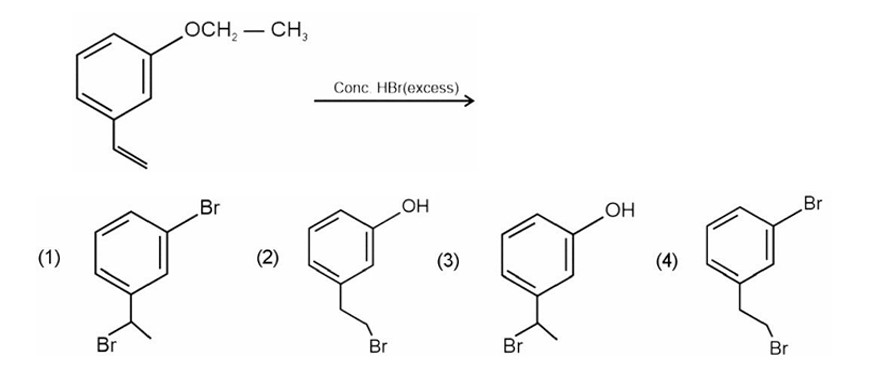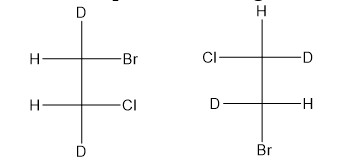For an electrophilic substitution reaction, the presence of a halogen atom in the benzene ring _______.
(i) Deactivates the ring by inductive effect
(ii) Deactivates the ring by resonance
(iii) Increases the charge density at ortho and para position relative to meta position by resonance
(iv) Directs the incoming electrophile to meta position by increasing the charge density relative to ortho and para position.
For an electrophilic substitution reaction, the presence of a halogen atom in the benzene ring _______.
(i) Deactivates the ring by inductive effect
(ii) Deactivates the ring by resonance
(iii) Increases the charge density at ortho and para position relative to meta position by resonance
(iv) Directs the incoming electrophile to meta position by increasing the charge density relative to ortho and para position.
-
1 Answer
-
This is a multiple choice answer as classified in NCERT Exemplar
(i) & (iii)
The halogens atom weakly deactivate the ring due to the -I effect and directs the incoming group to the ortho and para position due to the +R effect.

Similar Questions for you
HBr adds to alkene in accordance with Markovnikov's rule.
Delocalisation of
To study Hydrocarbons for NEET, you can use the Hydrocarbons Class 11th NCERT solutions PDF.
Alkanes, Alkenes, Alkynes, and Aromatics hydrocarbons are the four main hydrocarbons.
Hydrocarbons are organic compounds made of only carbon and hydrogen.
Taking an Exam? Selecting a College?
Get authentic answers from experts, students and alumni that you won't find anywhere else
Sign Up on ShikshaOn Shiksha, get access to
- 65k Colleges
- 1.2k Exams
- 679k Reviews
- 1800k Answers



